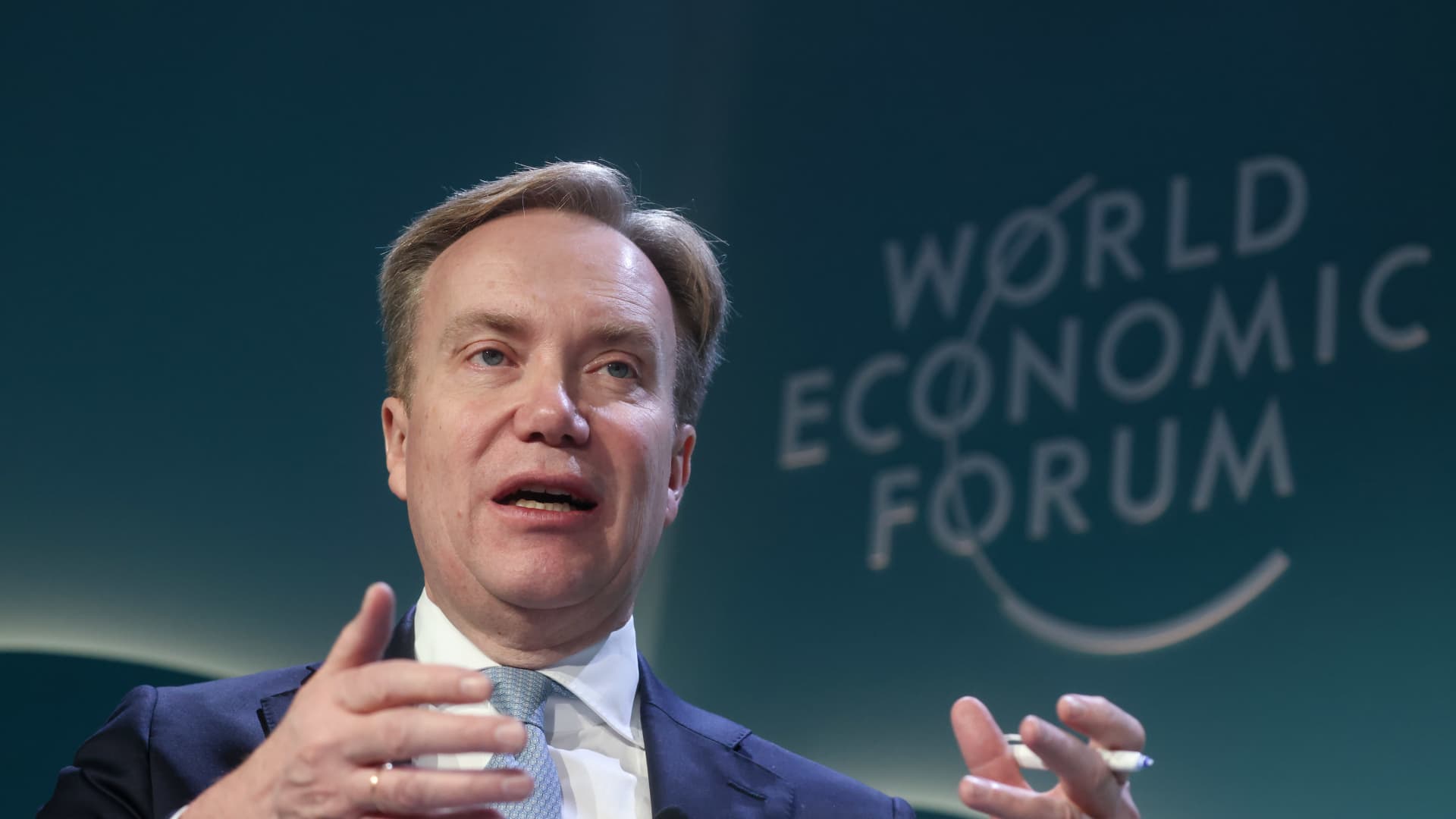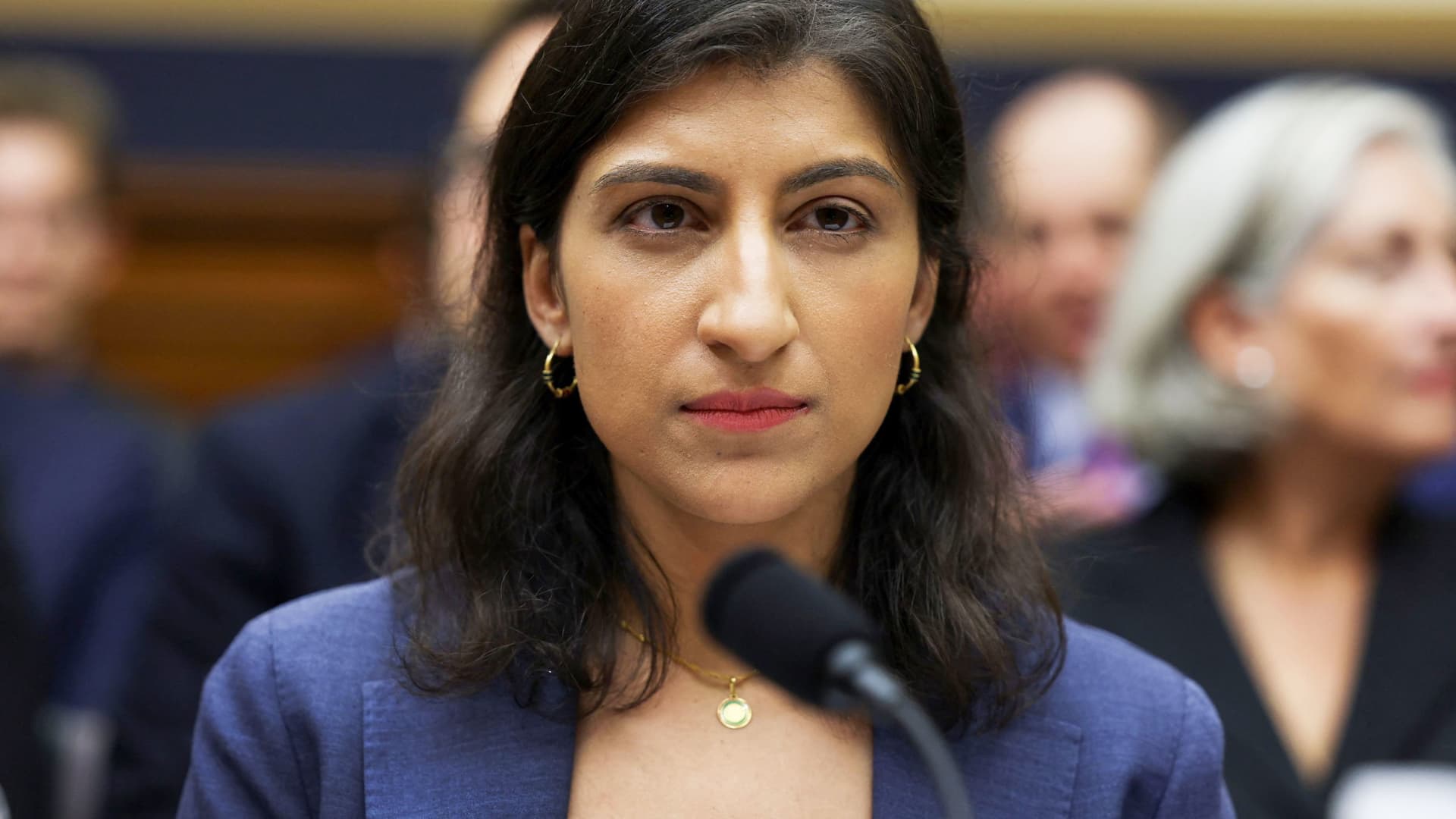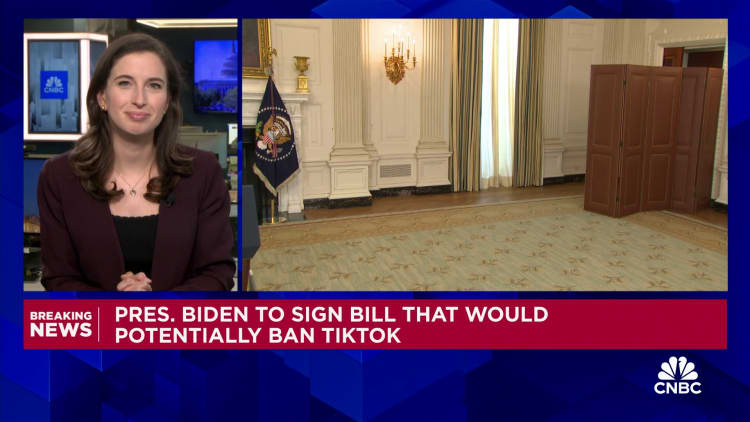The slowing of America’s rapid inflation has so far been an unexpectedly painless process. High interest rates make it expensive to take out a mortgage or loan to start a business, but they have not slowed economic growth or dramatically increased unemployment.
Nevertheless, price increases have been around 3.2 percent for five months now. This flatline raises the question of whether the final phase of fighting inflation could prove more difficult for the Federal Reserve.
Fed officials will have a chance to respond to the latest data on Wednesday as they wrap up a two-day policy meeting. Central bankers are expected to leave interest rates unchanged, but their new quarterly economic forecasts could show how recent economic developments influence their assessment of how many rate cuts are in store this year and next.
The Fed’s latest economic estimates, released in December, suggested Fed officials would make three quarter-point rate cuts by the end of 2024. Since then, the economy has remained surprisingly strong and inflation, while still well below its 2022 highs, has proven stubborn. Some economists think it’s possible officials could scale back their rate cut expectations, predicting only two moves this year.
By raising interest rates for a little longer, officials could keep pressure on the economy, preventing the risk of a renewed rise in inflation.
“The Federal Reserve should not engage in a race to cut interest rates,” said Joseph Davis, Vanguard’s chief global economist, explaining that the economy has held up better than one would expect if interest rates were to drastically weigh on growth, and that an early cut risks allowing inflation to rise in 2025. “We have a growing likelihood that they won’t cut rates at all this year.”
Mr. Davis’ team is an outlier in this regard: Investors in general still see a very slim chance that the Fed will keep interest rates at their current 5.3 percent through 2024.
But markets have been constantly reviewing the number of rate cuts they expect. Investors are now betting that central bankers will cut interest rates three times by the end of the year, to around 4.6 percent. Just a month ago they were expecting four cuts and saw a realistic chance of five.
Two major developments have changed these views.
Inflation was firmer than expected. The consumer price index was above economists’ forecasts in January and February as service sector inflation proved stubborn and some goods such as clothing became more expensive.
Wholesale inflation – which measures the cost of purchases by businesses – also came in higher than expected in data released last week. That’s important because it factors into the personal consumption expenditures inflation index, a measure with a longer lag but which the Fed officially targets with its 2 percent inflation target.
Given the data, Fed officials will likely use this meeting to discuss “whether inflation can continue to cool,” Diane Swonk, chief economist at KPMG US, wrote in a research note.
“The concern is that the low-hanging fruit associated with a recovery in supply chains and a decline in goods prices has been picked, while services sector prices may be bottoming out,” she explained.
The second development is that the economy still has a lot of momentum. Employment gains were solid in February, although the unemployment rate rose and wage growth slowed only slowly. If the economy remains too strong, this could cause the labor market to remain tight and wages to continue to rise, which would in turn give companies an incentive to raise prices. That could make it difficult for the Fed to permanently reduce inflation.
The Fed doesn’t want to cut interest rates prematurely. If the central bank fails to quickly control price increases, it could convince consumers and businesses that inflation is likely to be higher in the future. This could make it even more difficult to contain inflation in the future.
At the same time, the Fed does not want to leave interest rates high for too long. If so, it could hurt the economy more than necessary, costing Americans jobs and wage increases.
Fed officials have been signaling for months that interest rates are coming soon, but they have also tried to keep their options open about timing and magnitude.
Jerome H. Powell, the Fed chairman, said in recent testimony before Congress that it would be appropriate to cut interest rates if the Fed was confident that inflation had fallen sufficiently, adding: “And we are not far from it.”
But some of his colleagues have struck a cautious tone.
“At this point, I think the bigger mistake is cutting rates too early or too quickly, without sufficient evidence that inflation is on a sustainable and timely path,” said Federal President Loretta Mester Reserve Bank of Cleveland a recent speech. That point was echoed by other officials, including Christopher Waller, a Fed governor.
Fed officials put another policy project under review in March: They signaled they would discuss future plans for their balance sheet of bond holdings. They have shrunk their balance sheets by allowing securities to expire without reinvestment, a process that takes some of the momentum out of markets and the economy at the margins.
The Fed’s balance sheet grew during the pandemic as it bought bonds in bulk, first to calm markets and later to stimulate the economy. Officials want to reduce it back to more normal levels to prevent it from playing such a large role in financial markets. At the same time, they want to avoid shrinking their bond holdings so much that the market collapses.
George Goncalves, head of U.S. macro strategy at MUFG, said he expects officials will first come up with a plan to slow the balance sheet depletion and then cut interest rates. He believes the first rate cut could come in June or July.
Michael Feroli, chief U.S. economist at JP Morgan, expects a rate cut in June – and said he cast doubt on the argument that it might be harder to finish fighting inflation than to start it. He expects falling labor costs and real estate inflation to continue to slow price growth.
“Maybe we’re getting a little nervous,” Mr. Feroli said. The idea that the “last mile” will be more difficult “has a nice rhetorical appeal, but then you kind of scratch at it and I’m not convinced.”
Source link
2024-03-19 09:04:38
www.nytimes.com










